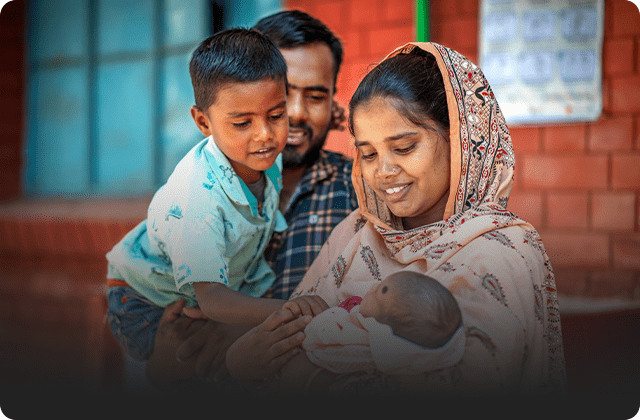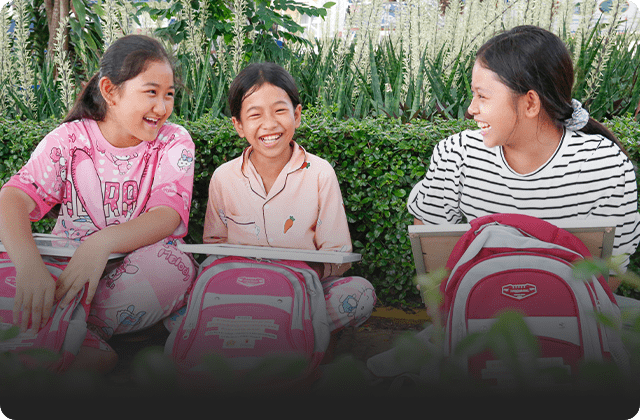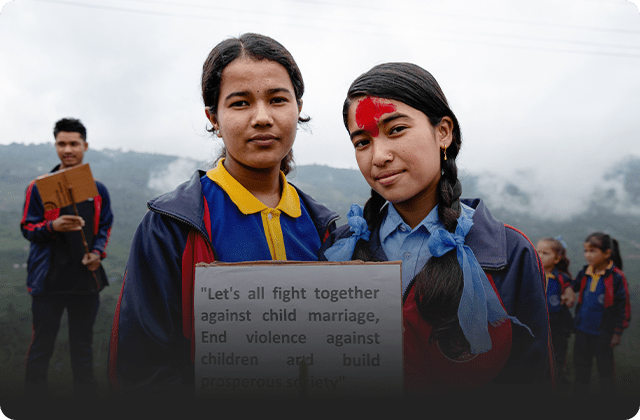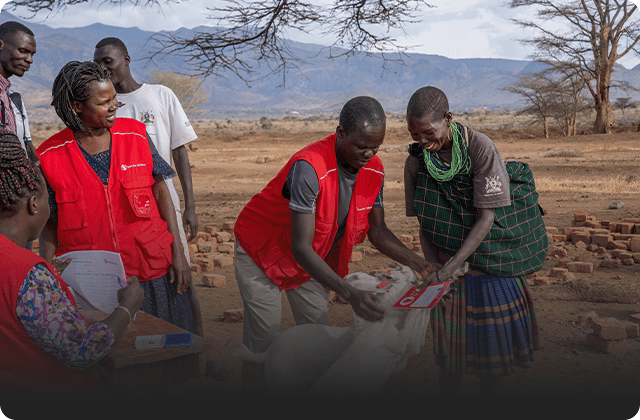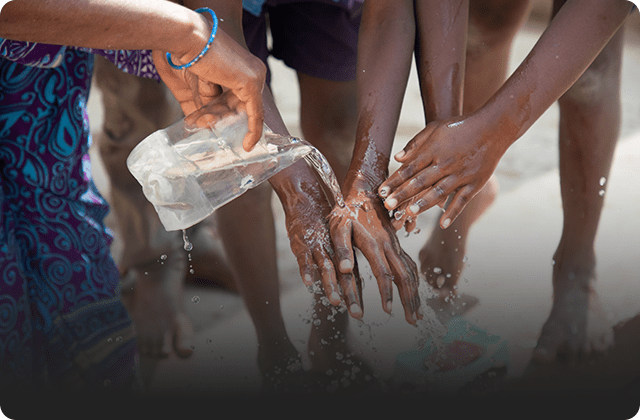해외사업
세이브더칠드런은 아동의 건강, 교육, 보호 분야의 글로벌 리더로서,
100여개가 넘는 국가에서 일하고 있습니다.
사망하는 5세 미만 아동
preventable and treatable causes.
Children across more than 100 countries, ensuring they
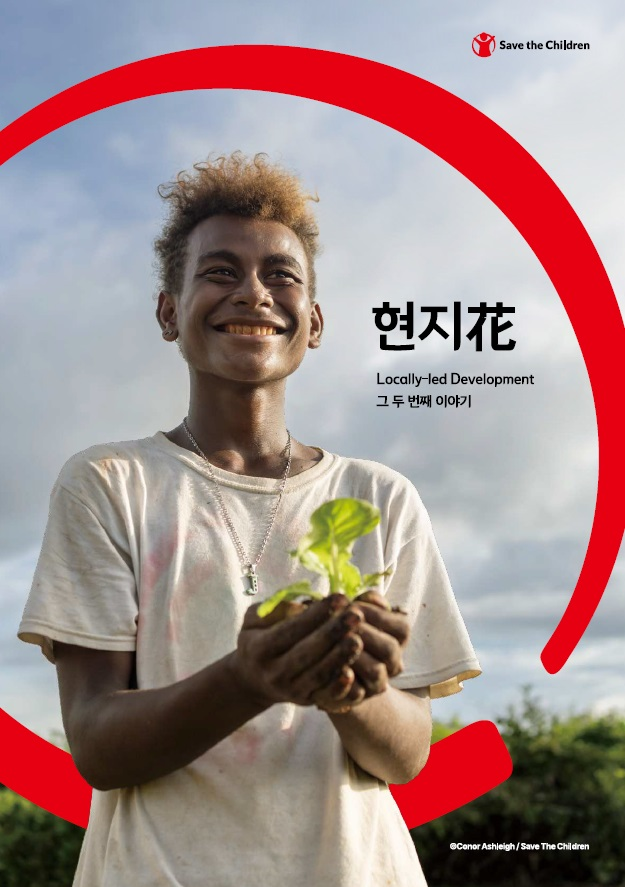
세이브더칠드런은 국제사회 내 인도적 지원 및 개발 활동의 효과성 및 지속가능성 강화를 위해 로컬라이제이션(localisation, 현지화) 요구가 증가함에 따라 국제사회의 변화와 요구를 인식하기 위해 2024년, 로컬라이제이션 전문 콘텐츠를 발간하였습니다.
현지화 1편이 현지화의 개념, 필요성, 도전 과제 등을 다루며 '무엇을, 왜' 해야 하는지에 대해 살펴보았다면, 2025년 발간하는 현지화 2편에서는 현지화를 '어떻게' 실행하고 조직에 내재화할 수 있을지에 대한 구체적 실행 방안을 다룹니다.
이를 위해 현지화 추진을 위한 전략적 실행 단계를 구조화하고 재정, 파트너십, 거버넌스 등 핵심 영역별 구체적인 제안 사항을 담아 실무적인 로드맵을 제시합니다.
세이브더칠드런의 “아동에 대한 전쟁을 멈춰라: 누구를 위한 안보인가(Stop the War on Children: Security for Whom?)” 보고서에 따르면 작년 한 해 동안 작년 분쟁 중에 기록된 아동 대상 중범죄 건수는 41,763건으로 기록 이래 최대치이며, 2023년 대비 30%, 2022년 대비 무려 70% 증가했다. 아동 범죄 행위의 절반 이상이 팔레스타인 점령지역, 콩고민주공화국, 나이지리아, 소말리아에 집중된 것으로 나타났다.
아동 범죄 건수 급증은 전례 없는 분쟁 확산에 따른 현상으로 2024년 전 세계 아동 5명 중 1명에 해당하는 5억 2천만 명이 분쟁 진행 지역에서 거주하고 있다.
이는 제2차 세계 대전 종식 이후 2024년 국가 기반 분쟁이 가장 많이 발생한 해로, 지구 면적의 11% 이상이 분쟁 발생 지역의 반경 50km 내에 있다. 특히 아프리카 대륙은 이제 분쟁 지역 아동 비율(32.6%)과 수(2천2백만 명)가 가장 많아, 2007년 이후 처음으로 중동 지역을 넘어섰다.
세이브더칠드런은 분쟁 지역에 거주하는 아동의 수가 2010년 이후 60% 증가한 반면, 아동 대상 중범죄 건수는 무려 373% 급증하여, 분쟁 횟수가 증가했을 뿐만 아니라, 아동에게 더 치명적이고 잔인해졌다고 지적했다.
또 보고서는 전 세계의 안보 방식에 의문을 제기했다. 국방비 예산이 사상 최고치를 기록했음에도 불구하고, 전 세계 국방·안보 지출의 2% 미만만이 평화 구축과 평화 유지에 투입되고 있다는 것이다. 세이브더칠드런은 "이러한 충격적인 수치는 군사 및 국가 안보 관련 국제적 노력이 아동을 가장 폭력적인 형태의 범죄로부터 보호하는 데 실패했음을 보여준다"고 말했다.
분쟁 지역에서는 하루 평균 78명의 아동이 살해, 신체 부상, 납치, 성폭행, 무장단체 동원 등의 심각한 범죄 피해를 겪는다. 아동 대상 범죄에는 학교, 병원 대상 공격 및 무장 반군에 의한 원조 제공 차단도 포함된다.
세이브더칠드런이 세계 식량의 날(World Food Day)을 맞아 세계 기아상황을 감시하는 IPC(통합 식량안보단계분류)를 분석해 발표한 자료에 따르면,
2025년 현재 전 세계 약 1억 1,800만 명의 어린이가 기아에 처해 있으며, 이 중 절반이 넘는 약 6,300만 명은 분쟁으로 인한 피해자인 것으로 나타났다.
특히 수단과 가자지구에서는 분쟁과 인도적 지원 차단으로 기근이 발생해 수백만 명의 아동이 생존 위기에 놓였다.
가자 50만 명, 수단 63만 8천 명이 ‘재앙적 기아(IPC 5단계)’ 상태이며, 그 중 절반 이상이 어린이다.
세이브더칠드런은 기근이 인간이 만든 비극이라며, 분쟁 종식과 영양 지원 확대의 시급성을 강조했다.
Of the around 118 million children plunged into hunger so far in 2025, around 63 million – over half were forced into this situation by conflict as opposed to drought or environmental or economic pressures, according to a new data analysis by Save the Children on World Food Day. [1]
Save the Children analysed data from the Integrated Food Security Phase Classification (IPC), the world’s leading authority on hunger monitoring, and found that conflict was a driving cause for the more severe forms of hunger in children in 2025. Of the 18 million children pushed into emergency levels of hunger in over 35 crises (IPC level 4+), 11 million, or over six in ten (61%), were in countries where conflict is the main driver of hunger, highlighting the role of violence and war in the world’s worst food crises. [2]
While not all countries are analysed by the IPC or included in its Global Report on Food Crises, the data covers most of the world’s worst food crises.
Globally, one in six children live in an area affected by conflict – compared to around 10% a decade ago. [3] Conflict remains the main driver of hunger worldwide and has a devastating impact on people’s ability to grow or buy food, forces families from their homes and destroys farmland and infrastructure. In some of the worst cases, starvation is used as a method of warfare.
In Sudan and Gaza, conflict - coupled with severely restricted access and denials of aid - triggered famine classifications in 2024 and 2025 respectively, forcing children into the most extreme forms of hunger. Over half a million people in Gaza, and 638,000 people in Sudan - half of which are children in both places - face catastrophic hunger and a heightened risk of death, while around half a million more children in Gaza and 3.8 million in Sudan were found to be just one step away from catastrophe in IPC4. [4]
Note
지난 25년간 하루도 빠짐없이 평균 최소 1명의 인도주의 활동가가 살해, 부상, 납치, 구금되었으며, 2025년은 사상 최고 사망자 수를 기록할 것으로 보입니다.
이에 따라, 호주의 주도로 마련된 「인도주의 활동가 보호 선언문」이 9월 21일 뉴욕 유엔총회에서 발표 되었습니다.
이번 선언은 2024년 유엔 안전보장이사회 결의안 2730을 보완하며, 인도주의 활동가와 유엔 인력을 존중하고 보호할 것을 각국에 촉구합니다.
비록 법적 구속력은 없지만, 각국이 국제법 준수와 인도주의 인력 보호에 대한 정치적 의지를 명확히 드러낸다는 점에서 중요한 의미를 지닙니다.
특히,제네바 협약과 추가의정서에 명시된 인도주의 활동가에 대한 공격 금지 원칙을 다시금 강조하고 있습니다.
UNITED NATIONS, 21 Sept 2025 - With 2025 on track to become the deadliest year on record for aid workers, Save the Children is urging UN Member States to endorse a new Declaration on the Protection of Humanitarian Personnel as a vital step to reverse this alarming trend.
The Australia-led Declaration – launching today at the UN General Assembly in New York –aims to strengthen compliance and implementation of the UN Security Council Resolution 2730, which calls on States to respect and protect United Nations and humanitarian personnel in accordance with their obligations under international law.
While the Declaration is not legally binding, it is a strong statement of political will by signatories to protect all humanitarian personnel and uphold compliance with international law, including the prohibition of attacks against humanitarian personnel under the Geneva Conventions and Additional Protocol.
Such a statement of political will is particularly crucial at a time when attacks on aid workers are at a record high, with 2024 the deadliest year on record for aid workers, and 2025 on track to be even worse. The Declaration further aims to shift political will into practical steps that states can take to improve the safety and security of humanitarian personnel, including national staff who bear the brunt of the attack on the sector.
Over the past 25 years on average at least one humanitarian worker has been killed, injured, kidnapped, or detained every single day – and 2025 is on track to surpass all previous death tolls.
Inger Ashing, Save the Children CEO, said:
“Across the world, humanitarian aid workers selflessly do whatever it takes to save lives, partner with communities, ease pain and suffering, and preserve human dignity for those in need. They work in the world’s most volatile conflict zones or areas devastated by disaster.
“Yet they are being failed by the system around them. Last year was the deadliest on record for aid workers, with 383 people killed, including about 172 killed by this time last year. The vast majority of aid workers killed are national staff. This year is already on track to surpass all previous death tolls, with some 287 humanitarians killed so far.
“We urge all governments to endorse the Declaration on the Protection of Humanitarian Personnel at the upcoming UNGA High Level Week in September, to demonstrate global commitment to protect humanitarian personnel and uphold international humanitarian law. The Declaration will only achieve its goals if States endorse its values and work to implement its requirements, and if non-State armed groups refrain from attacking aid workers.
“We call on all governments to demand accountability for every violation of international humanitarian law against aid workers—and ensure those responsible are brought to justice.
“Our colleagues around the world demonstrate tremendous bravery, compassion, and commitment every day, as they address some of the most complex challenges of our time, and in some of the most difficult circumstances. It is through their effort and innovation that we can ensure a safe and hopeful environment for children and their families. They must be protected.”
The Declaration is designed to bolster and reinforce the UN Secretary-General’s efforts to address threats to humanitarian personnel, in line with UN Security Council Resolution 2730 Protection of civilians in armed conflict. It seeks to translate the political commitment to protect humanitarian personnel in UNSCR 2730 into practical action, supporting the UN Secretary General’s efforts to address threats to humanitarian personnel. The Declaration also provides a framework to support complementary initiatives, like the ICRC’s Global Initiative to Galvanise Political Commitment to International Humanitarian Law.
NOTES:
- In September 2024, Australia’s Foreign Minister convened a cross-regional Ministerial Group with Brazil, Colombia, Indonesia, Japan, Jordan, Sierra Leone, Switzerland and the United Kingdom. The Ministerial Group has since drafted a Declaration on the Protection of Humanitarian Personnel, which demonstrates the unity of the international community's commitment to protect humanitarian personnel and to channel that commitment into action in all current and future conflicts.
- The Declaration is being launched Sunday 21 September in the margins of UN High-level Week in September. Countries that endorse early will be recognised at the Declaration’s launch.
- The Declaration is open to countries to endorse.
방글라데시는 보건시설과 숙련된 인력 부족으로 가정 분만율이 높으며, 이는 모성 사망률의 주요 원인으로 작용하고 있다. 방글라데시 정부는 숙련된 보건 인력에 의한 안전한 시설 분만을 확대하고 있지만, 농촌과 빈곤 지역에서는 여전히 비전문 인력에 의존한 분만이 빈번하다.
세이브더칠드런은 한국국제협력단(코이카, KOICA)과 협력해 2023년부터 2027년까지 총 167억 원 규모로 랑푸르 주에서 모자보건 시스템 강화 사업을 진행 중이다. 24시간 연중무휴 분만이 가능하도록 보건시설 개보수, 보건전문인력 지원, 응급 후송 시스템과 지역사회 인식 개선을 통해 산모들이 안전하게 출산할 수 있는 환경을 마련하고 있다.
그 결과, 안전한 시설 분만 건수가 전년 대비 3배 이상 증가했고, 최소 4회 산전 관리를 받은 임산부도 2배 늘었다. 응급 후송 시스템을 통해 지난 3년간 총 863건의 산모 긴급 후송이 이루어졌다.
세이브더칠드런은 가이반다 지역에서도 자체 지원 모자보건 사업을 진행 중이다. 이 지역은 ‘쫄(Chars)’이라 불리는 강물 침식으로 형성된 섬 및 모래톱 지형으로, 기후 위기로 인한 홍수 피해가 잦고 이동이 어렵다. 지난 2년간 가이반다 지역에 신규 보건시설 건립과 기존 시설 개보수를 지원한 결과, 13개 보건시설에서 총 4,331건의 안전한 분만이 이루어졌다.
세이브더칠드런은 앞으로도 방글라데시 정부 및 현지 파트너와 협력해, 취약 지역 여성과 아동이 필수 보건 서비스를 안정적으로 이용할 수 있도록 지원을 확대해 나갈 계획이다.

